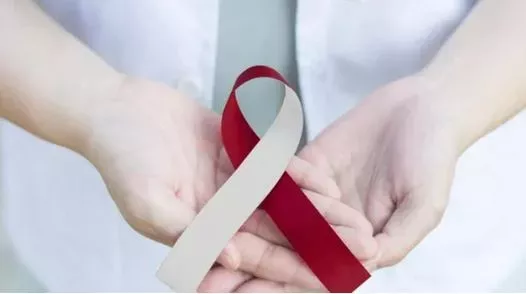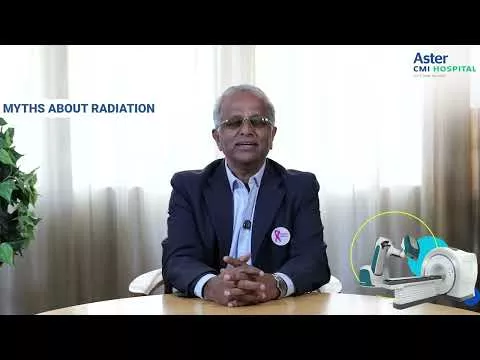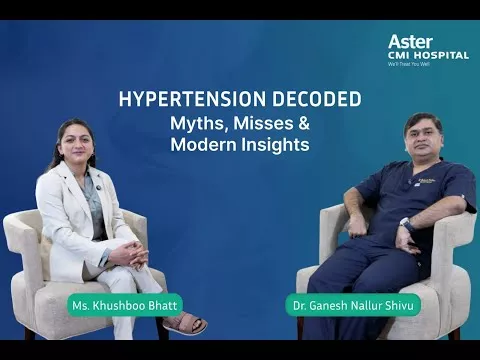July 27th is ‘World Head & Neck Cancer Day’ with a purpose raise awareness regarding Head & Neck
Cancer (HNCA) in the society as well as health care professionals. Here are #27 things to know about
#HNCA on this day:
#1
Head and neck cancers include cancers affecting or arising from various sites, such as:
UADT: Upper aerodigestive tract, which includes:
Lips
Tongue
Cheek (inner lining of the cheeks)
Gums and jaws
Palate
Base of the tongue
Tonsils
Larynx (voice box)
Pharynx (Food-passage)
Nose and paranasal sinuses
Orbit (eye-socket)
Parotid glands
Submandibular glands
Minor salivary glands in the mouth and throat
Thyroid glands
Parathyroid glands
Skin over the head and neck
Skull-base
Salivary glands
#2
According to the IARC (International Agency for Research on Cancer, WHO), the incidence of
these cancers is increasing globally, however, this means that there are a larger number of these
cases in India, given our higher population density.
#3
According to the GLOBOCAN 2012 study by IARC (International Agency for Research on Cancer,
WHO), the most common cancer in India is cancer of the lip and oral.
#4
India has a huge burden of oral cancer, as majority of our patients present in advanced stage of
the cancer.
#5
90% of the oral cancers are due to Tobacco- both smoking and smokeless forms of tobacco can
cause this cancer. Other risk factors include – betel quid without tobacco and alcohol use.
#6
According to the Global Adult Tobacco Survey, tobacco consumption is very high in our country
and particularly so in Kerala, where it is estimated to be as high as 20-30% of individuals >15 yrs.
#7
According to the Global Youth Tobacco Survey, 12% of youth between the age of 13 and 15 years
smoke cigarettes and another 12% use other tobacco products.
#8
Heavy drinkers who are heavy smokers have a 35 times increased risk of oral cancer compared
non-smokers non-drinkers.
#9
As soon as we stop smoking, our health begins to improve. Within 20 minutes, our raised heart rate and blood pressure return to normal, and after 12 hours, our blood's carbon monoxide level returns to normal.
#10
After 10 years of quitting smoking, the risk of oral cancer also decreases. In the interim, the
individuals who have quit smoking will reduce their risk of many other illnesses and improve their
ability to tolerate various treatments better.
#11
Depending on the age when you quit smoking, you can gain up to 10 years of life expectancy.
This means, that any time that you quit smoking, you can gain in life expectancy and certainly quality
of life.
#12
Deaddiction begins with the individual's desire to stop using, is followed by appropriate psychosocial counselling, behavioural therapy, and medications that are tailored to each person's needs and prescribed by physician.
#13
Head and neck cancers typically begin as a small ulcer or nodule that gradually grows in size, spreads to the neck's lymph nodes, and very rarely affects distant organs. This process is known as "orderly progression."
#14
Treatment options for head and neck cancer include surgery, radiation therapy, and chemotherapy. Based on their unique circumstances, including age, gender, career, comorbidities, degree of fitness etc. Consulting an experienced oncologist in Kochi Kerala can help patients get the right treatment plan.
#15
One modality of treatment, such as surgery or radiotherapy administered alone, can be used to treat some early-stage head and neck malignancies.
#16
The majority of head and neck malignancies in advanced stages require multimodality treatment, which combines surgery, radiation therapy, and chemotherapy. Each patient receives a customised treatment plan based on their condition, including age, gender, career, comorbidities, fitness level, and stage of the malignancy.
#17
Early stage cancers when treated by the correct modality have excellent survival rates and these
patients report a very good quality of life.
#18
To get good functional and aesthetic results from head and neck cancer surgery, a multidisciplinary team is needed. With the aim of rehabilitating the patient to become an active member of society, the team composed of craniomaxillofacial surgeons, head and neck surgeons, plastic and reconstructive surgeons, as well as a host of other supportive care teams like prosthodontics, speech and swallowing pathologists, deglutologists, physiotherapy, and nutritionists, are involved in planning and carrying out these procedures.
#19
Surgery or Radiation therapy used in the early stages can control the cancer well if proper
protocols are followed. However, each of these comes with its own set of complications and needs
precision and meticulous planning for best results.
#20
Most of these patients don’t need feeding tubes in the long term if proper speech and
swallowing therapy is initiated even before treatment commences.
#21
It is crucial to address dental rehabilitation and oral hygiene at the time of diagnosis, then at follow-up appointments throughout treatment, and finally following.
#22
Many disfiguring surgeries that were popular in the past, have now been replaced by less
disfiguring but equally efficient approaches for certain cancers, such as endoscopic surgery for some
skull-base tumours, transoral laser or robotic surgery for some throat or voice box cancers and
avoiding splitting the lip or jaw for accessing certain tumours.
#23
For complicated thyroid, parathyroid and parotid gland tumours, the use of intraoperative nerve
monitoring adds a layer of safety to an operation which traditionally comes with a high-risk.
#24
Although rare in children, some of these cancers affect children, usually in the salivary glands or
thyroid glands and when diagnosed correctly, excellent results are feasible with timely.
#25
Recurrence of these cancers and second ‘new’ cancers can occur in patients who survive these
cancers, therefore life-long surveillance is recommended and again, good results can be achieved if
these are detected early.
#26
Early stage of disease at detection + Appropriate and timely treatment = Best outcome.
#27
Few institutions have everything needed to treat these disorders effectively on one campus, and our team at Aster Medcity honestly works to achieve the greatest results in every time. Being a leading cancer hospital in Kochi Kerala, Aster Medcity offers comprehensive care under one roof. As a trusted oncology hospital in Kochi Kerala, the focus is always on advanced treatments, patient support, and multidisciplinary collaboration to ensure the best possible outcomes.





